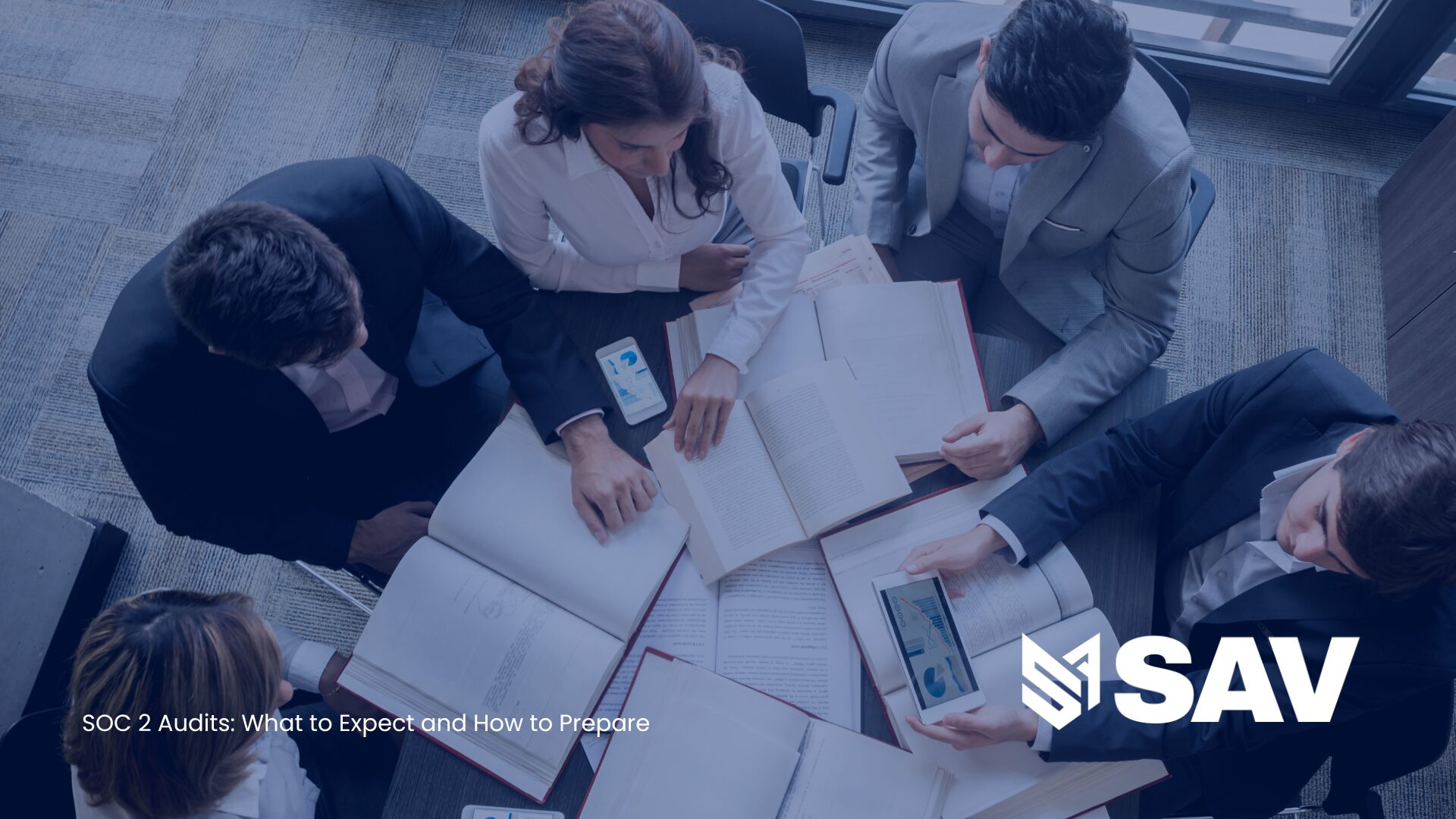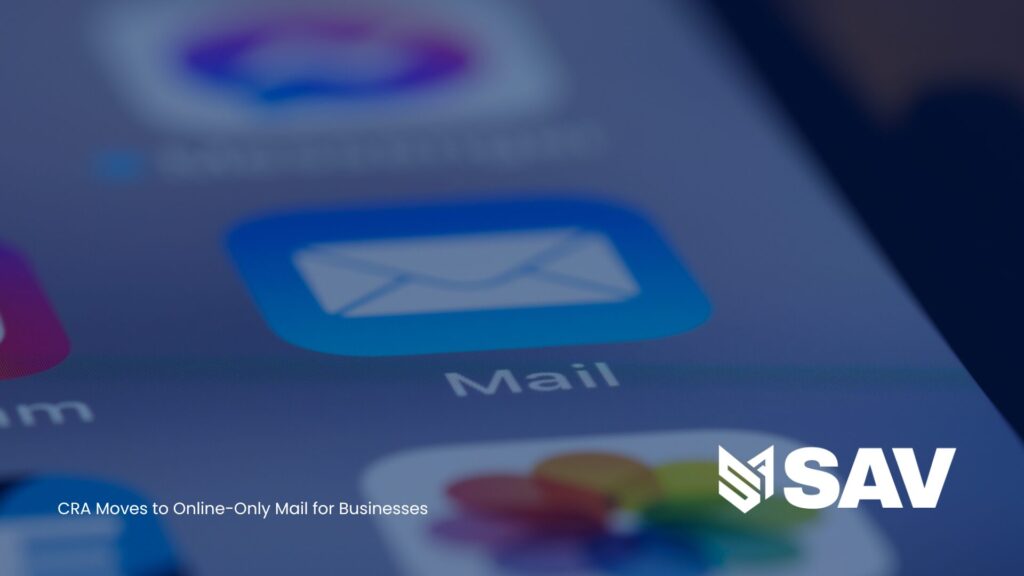SOC 2 Audits: What to Expect and How to Prepare

Safeguarding sensitive data is paramount for businesses, especially those handling customer information. A SOC 2 audit, based on the Trust Services Criteria (TSC), is a crucial component for organizations aiming to demonstrate their commitment to data security and privacy. Understanding what to expect from a SOC 2 audit and how to prepare can significantly impact your organization’s compliance journey. Here’s a comprehensive guide to help you navigate the SOC 2 audit process effectively.
What is SOC 2?
SOC 2, or System and Organization Controls 2, is an auditing standard developed by the American Institute of CPAs (AICPA). It focuses on the controls and processes organizations have in place to ensure the security, availability, processing integrity, confidentiality, and privacy of data. SOC 2 audits are particularly relevant for service organizations that handle or store customer data, such as SaaS providers, cloud computing services, and IT management companies.
Types of SOC 2 Reports
There are two types of SOC 2 reports:
- SOC 2 Type I: This report assesses the suitability of the design of controls at a specific point in time. It evaluates whether the controls are properly designed to meet the Trust Services Criteria (TSC) as of the report date.
- SOC 2 Type II: This report evaluates not only the design but also the operating effectiveness of the controls over a defined period (typically 6 to 12 months). It provides a more comprehensive view of how well the controls are functioning over time.
What to Expect During a SOC 2 Audit
- Pre-Audit Preparation
- Initial Assessment: Before the audit, conduct a thorough internal assessment to identify any gaps in your current controls relative to the TSC. This helps in understanding where improvements are needed.
- Documentation Review: Ensure that all relevant policies, procedures, and documentation are up to date and accurately reflect your organization’s practices. This includes security policies, incident response plans, and access control procedures.
- Audit Scope and Objectives
- Defining Scope: Work with your auditor to define the scope of the audit. This includes identifying the systems, processes, and controls that will be evaluated.
- Objectives and Criteria: The auditor will assess your controls against the TSC. Make sure you understand which criteria are relevant to your organization and prepare accordingly.
- Fieldwork and Evidence Collection
- On-Site Visit: The auditor may conduct an on-site visit to review your operations, interview key personnel and observe processes. Be prepared to provide access to relevant systems and personnel.
- Evidence Submission: Provide evidence that supports the effectiveness of your controls. This may include system logs, security incident reports, and user access records.
- Report Generation
- Audit Findings: The auditor will draft a report detailing their findings, including any control deficiencies or areas of improvement. This report will be shared with your organization for review.
- Management Response: You’ll have the opportunity to review the findings and provide a management response addressing any issues identified and outlining corrective actions.
- Final Report
- Report Issuance: After addressing any feedback from the management response, the auditor will finalize and issue the SOC 2 report. This report will include an opinion on the effectiveness of your controls and any noted exceptions or deficiencies.
How to Prepare for a SOC 2 Audit
- Understand the Criteria: Familiarize yourself with the Trust Services Criteria: Security, Availability, Processing Integrity, Confidentiality, and Privacy. Understanding these criteria will help you align your controls and documentation with the requirements.
- Conduct a Pre-Audit: Perform a self-assessment or engage a consultant to conduct a pre-audit. This can help identify potential gaps and provide an opportunity to address issues before the formal audit begins.
- Develop and Maintain Documentation: Ensure that all relevant policies, procedures, and documentation are current and comprehensive. This includes security policies, risk management procedures, and incident response plans.
- Train Your Team: Educate your employees about the importance of the SOC 2 audit and their role in ensuring compliance. Ensure that key personnel understand the controls and procedures in place and can articulate them during the audit.
- Implement Continuous Monitoring: Adopt a continuous monitoring approach to maintain compliance with the SOC 2 criteria. Regularly review and update your controls to address any changes in your environment or emerging risks.
Conclusion
Follow us for the latest updates
SAV Associates is on your Side
By partnering with SAV Associates, you gain access to a team of experts dedicated to ensuring your business’s financial health and compliance, allowing you to focus on achieving your business objectives.




